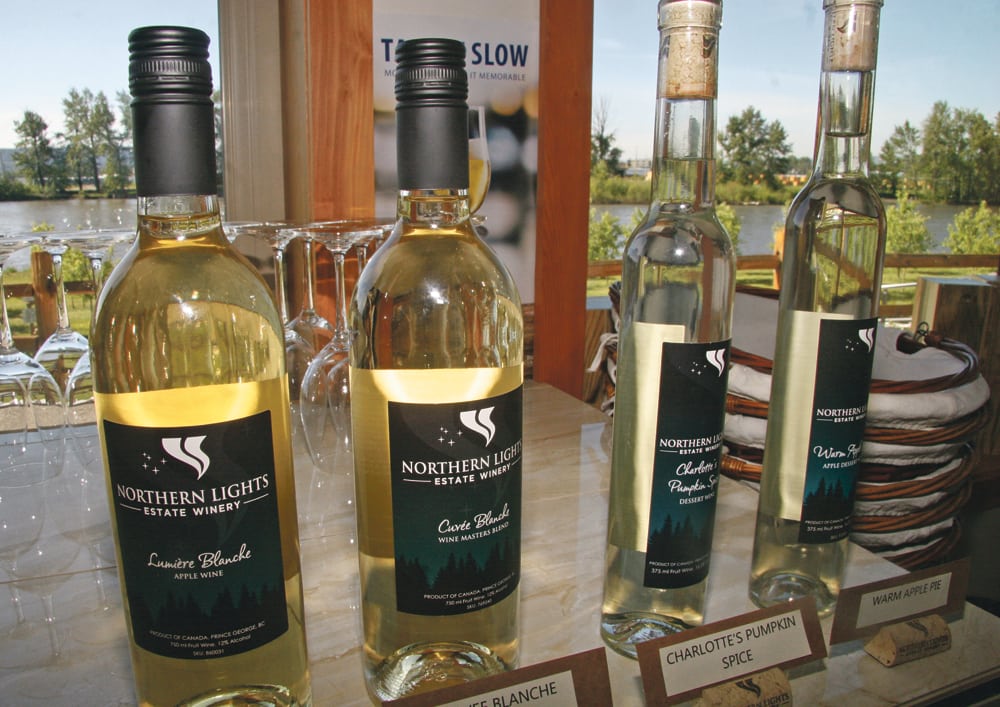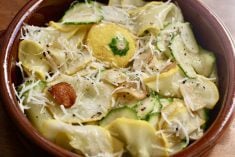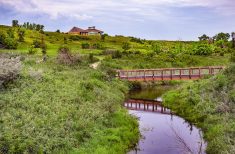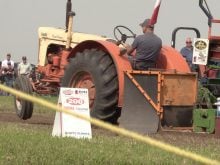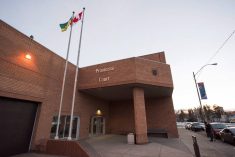Fruit winery proving popular, leading to fast growth in new operation in northern part of the province
PRINCE GEORGE, B.C. Northern Lights Estate Winery is leading the way for fruit wines in British Columbia.
Conceived by Pat Bell, a former provincial agriculture minister, his tours of Okanagan Valley made him wonder if a northern community could support a winery.
Working with his wife and son Doug, the family decided to build the winery in 2013 and fruit trees were planted the following year.
Located on the Nechako River and opposite downtown Prince George, the company includes a winery, cellar, orchards and bistro. It is the northernmost winery in B.C. and has become a growing tourist attraction.
Read Also

Farm auctions evolve with the times
Times have changed. The number of live, on-farm auctions is seeing a drastic decline in recent years. Today’s younger farmers may actually never experience going to one.
The goal was to produce about 3,500 cases a year.
“They thought they would get there in five years and the second year we were at 3,500,” said Noemie Touchette. An agrologist who supervises the orchards, she is also director of operations at the company that employs up to 40 people.
Last year they produced 7,500 cases and hope to make 10,000 this year making Northern Lights the largest fruit winery in B.C. The next goal is to produce 20,000 cases in five years time. A case holds a dozen bottles.
Their product is sold all over B.C. in private liquor stores and restaurants. They do not sell in government owned stores.
“Right now we are all over B.C. except Vancouver. We are barely touching the surface,” she said.
Under B.C. regulations a fruit winery has to use at least 20 percent of its own fruit. So far this operation uses about a third of its own production.
Under Touchette’s guidance in 2014, they planted apples, black currents, raspberries, gooseberries, haskap berries, Saskatoons, sour cherries and rhubarb. In the fall they make pumpkin wine and cranberry wine is available for Christmas.
Orchards are located at the winery site as well as other acreages in the area. They also contract growers in the Okanagan and at Quesnel and Chilliwack.
While the orchard acres are not large, production is high because this area is irrigated and is in a microclimate with mild winters. They use synthetic fertilizers, but only use pesticides approved for organic farming.
They are also looking for more land in the area.
“It is quite difficult to find good land. There is a lot of clay around here and we are looking for 40 acres,” she said.
The company also works with a local beekeeper, but wild bumblebees do most of the pollination.
“Everything blooms so early native pollinators are a big asset and so far we have had really good production,” she said.
Production is not as prolific as the Okanagan or Lower Mainland but Touchette estimates they yield about 2,500 pounds of fruit per acre.
Fruit wines are made from a variety of fruits, excluding grapes.
Grapes can grow in this region but do not produce enough sugar so cider would be the result.
With fruits, they have the advantage of being able to freeze it and can make wine three times a year. They are also allowed to add sugar to increase the alcohol content.
Some of the wines can be improved with age.
“We are learning which wine can be cellared for a longer time. Some wines are better to be drunk right away, within a year or two,” she said.
Ugly fruits are welcome.
Last year they collected unwanted apples from Prince George residents.
“There are so many apples in Prince George that are not picked and they attract bears so we partner with the Northern Bear Awareness Society and for every pound we receive we give a donation to them,” she said.
Last year they received 20,000 pounds of apples that would have gone to waste otherwise.
They are also allowed to blend fruits for different flavours. The best selling wine is an award winning strawberry- rhubarb wine made of 20 percent strawberries and 80 percent rhubarb.
Because of the growth there are plans next year to expand the facility with a new building across the road from the present site. This expansion should double production.


